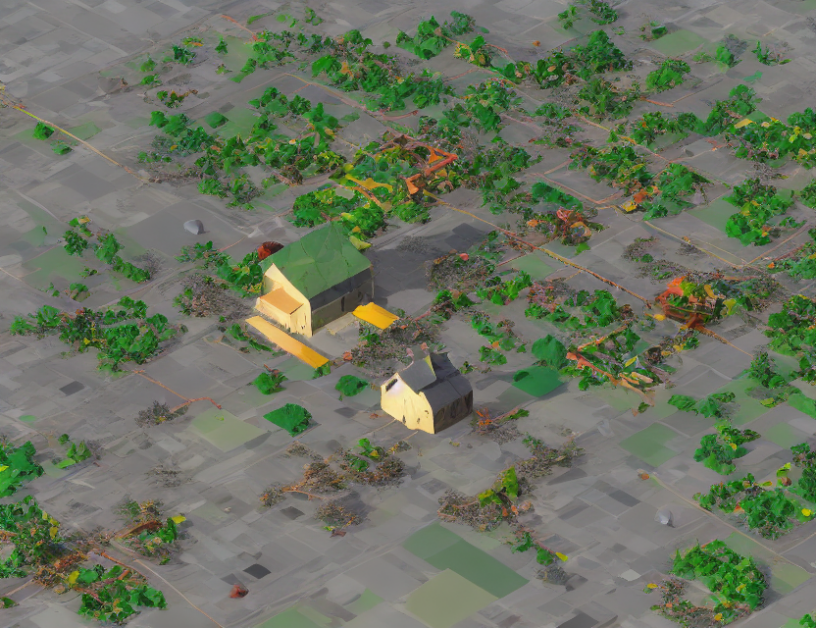In this paper, we explore the concept of spatial keyword querying, which involves searching for geographical locations that match specific keywords. The authors discuss various approaches to spatial keyword querying and provide a comprehensive survey of the state-of-the-art techniques in this field. They also highlight some challenges associated with spatial keyword querying, such as dealing with ambiguity and handling large datasets.
The paper begins by providing some background on spatial databases and the importance of spatial keyword querying. The authors then delve into the different types of spatial keyword queries, including those that search for POIs (points of interest) based on their proximity to a designated center point. They also discuss how studies in this field have used various indexing techniques to improve the efficiency of spatial keyword queries.
The authors then review several topological relation models that are commonly used in spatial databases, which help to define relationships between geographical regions, lines, and points. They also explain how these models can be used to query spatial data more efficiently.
The paper then focuses on the QQ-SPM algorithm, which is a novel approach to spatial keyword querying. The authors describe how this algorithm works and provide examples of how it can be used to solve complex spatial queries. They also discuss some performance experiments that demonstrate the efficiency of the QQ-SPM algorithm compared to other state-of-the-art techniques.
Finally, the paper concludes by summarizing the main achievements of the study and highlighting some areas for future research in the field of spatial keyword querying.
In simple terms, this paper is like a roadmap that guides us through the complex world of spatial keyword querying. By providing a comprehensive survey of the state-of-the-art techniques and challenges in this field, the authors help to demystify some of the complex concepts related to geographical searches. They use everyday language and engaging analogies to explain how spatial databases work and how they can be queried more efficiently. Overall, this summary provides a clear and concise overview of the paper’s main findings and contributions to the field of spatial keyword querying.
Spatial Keyword Search: Minimizing Distances Between Queried POIs



